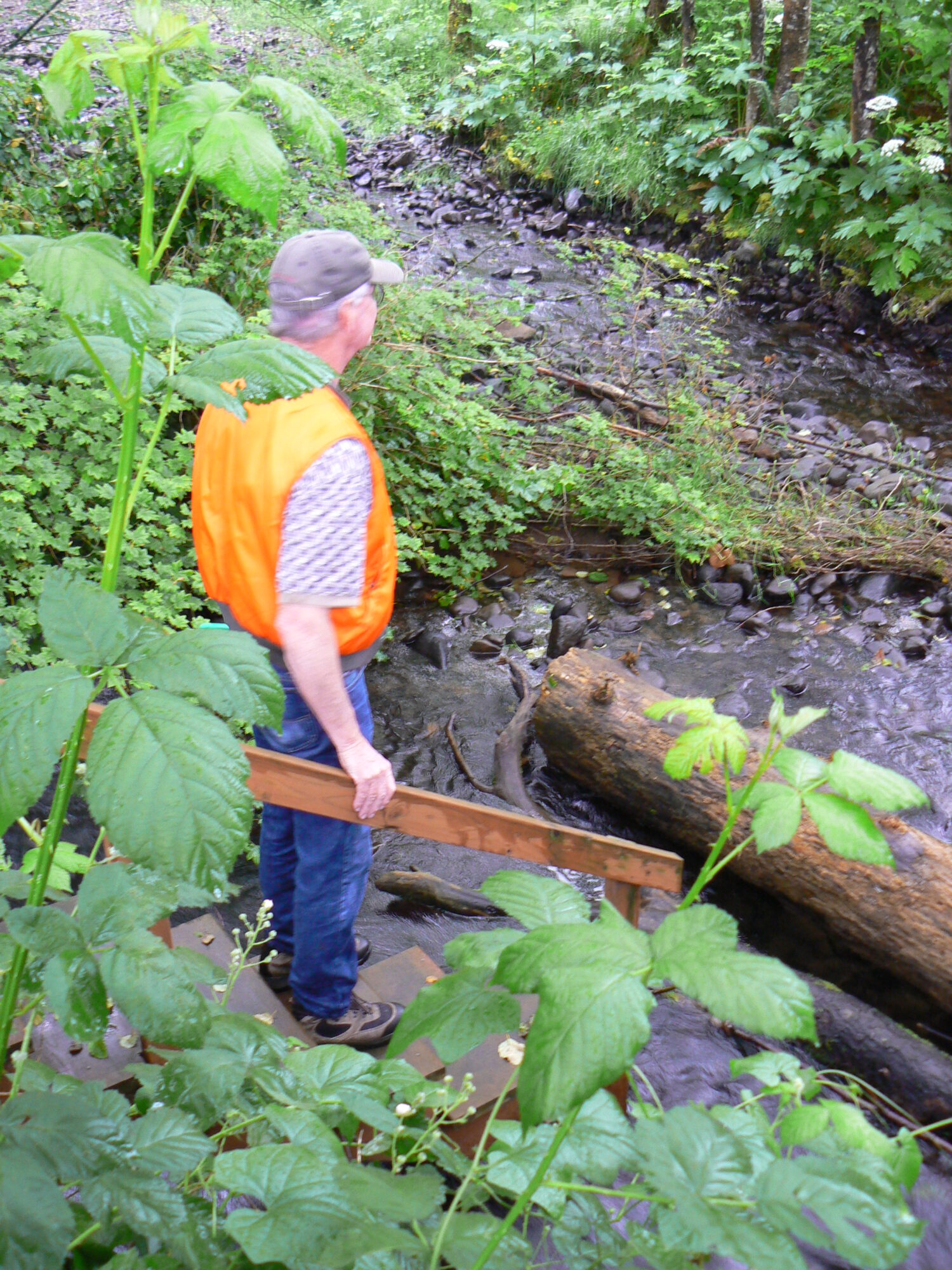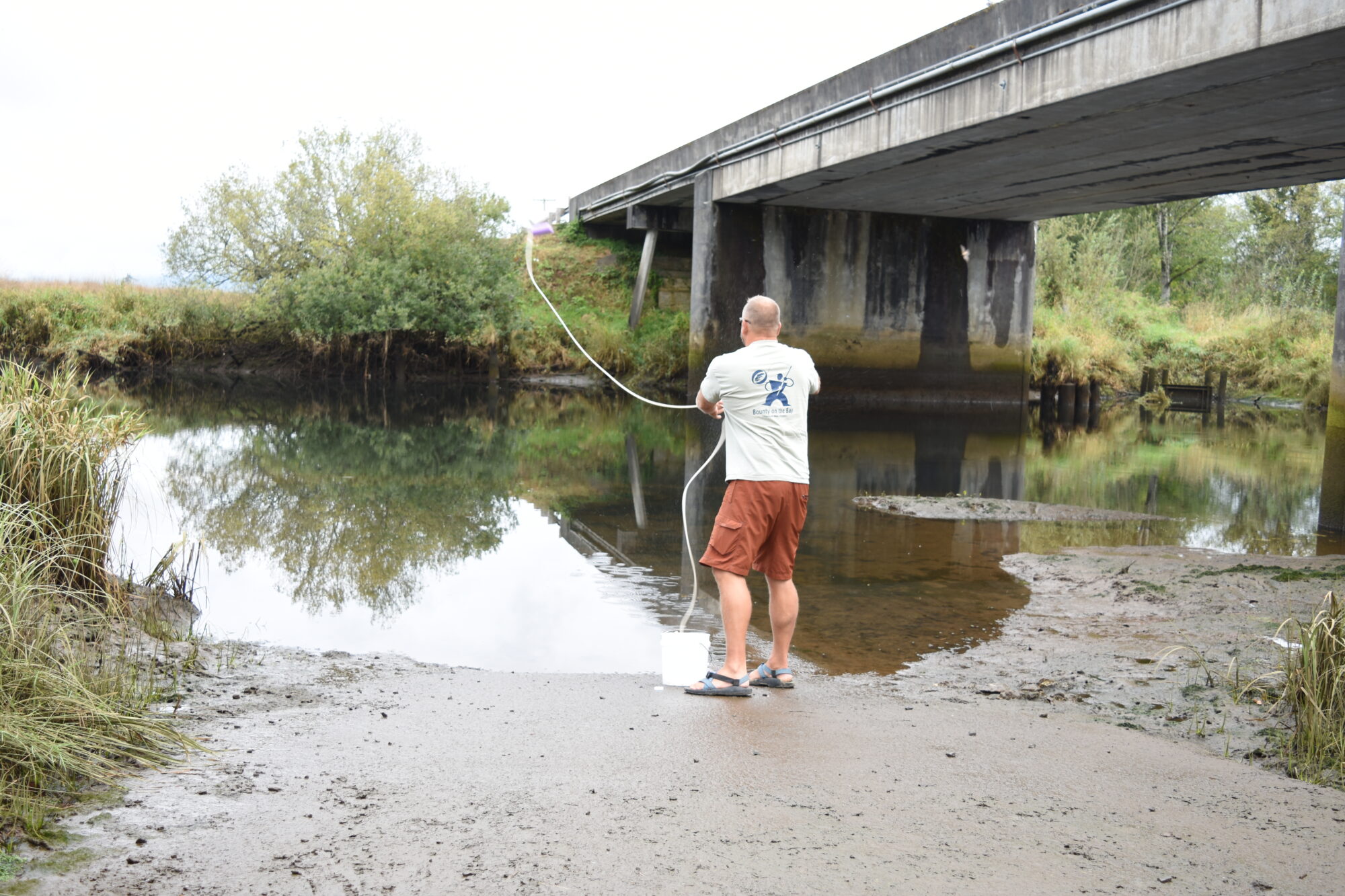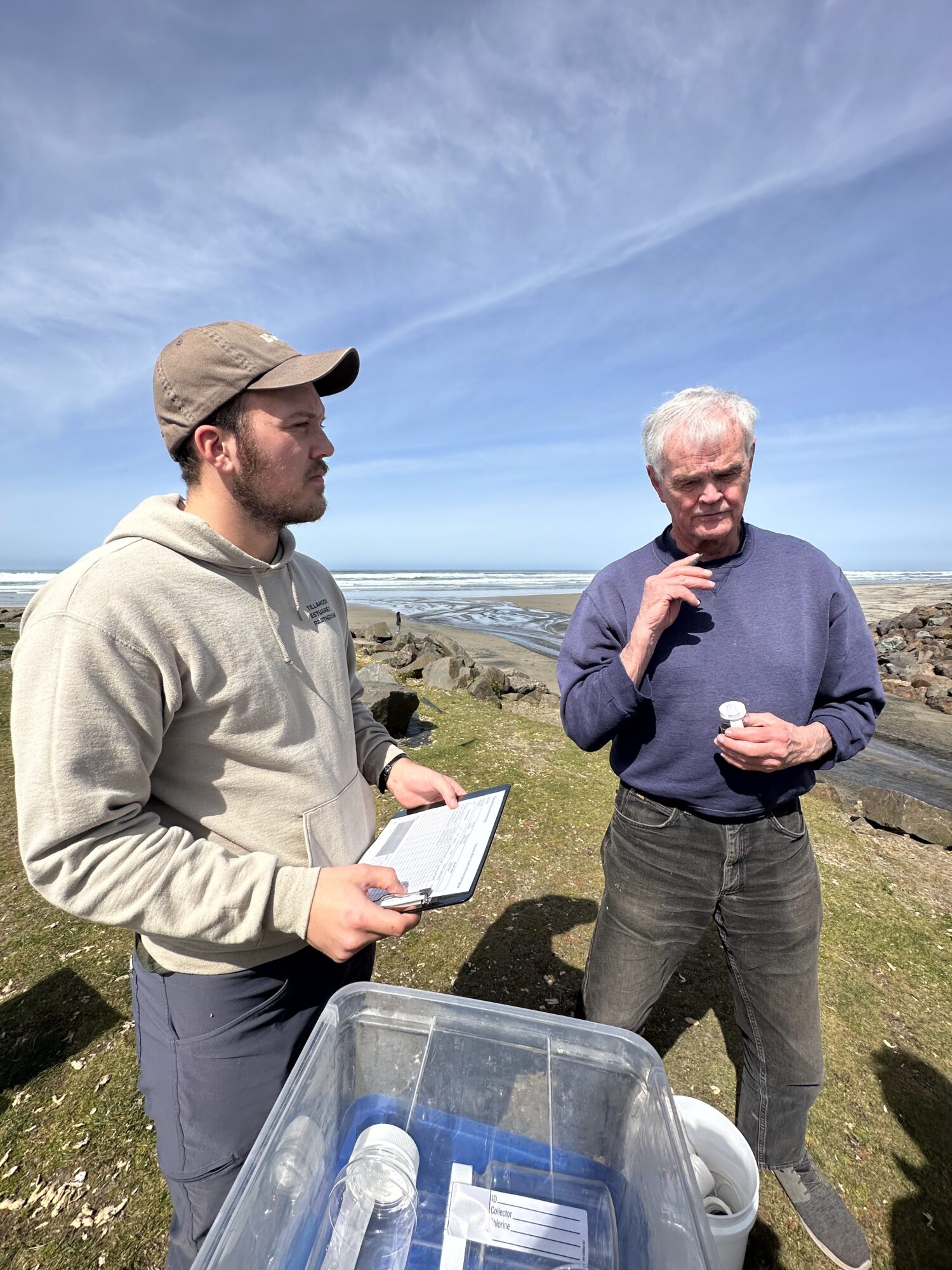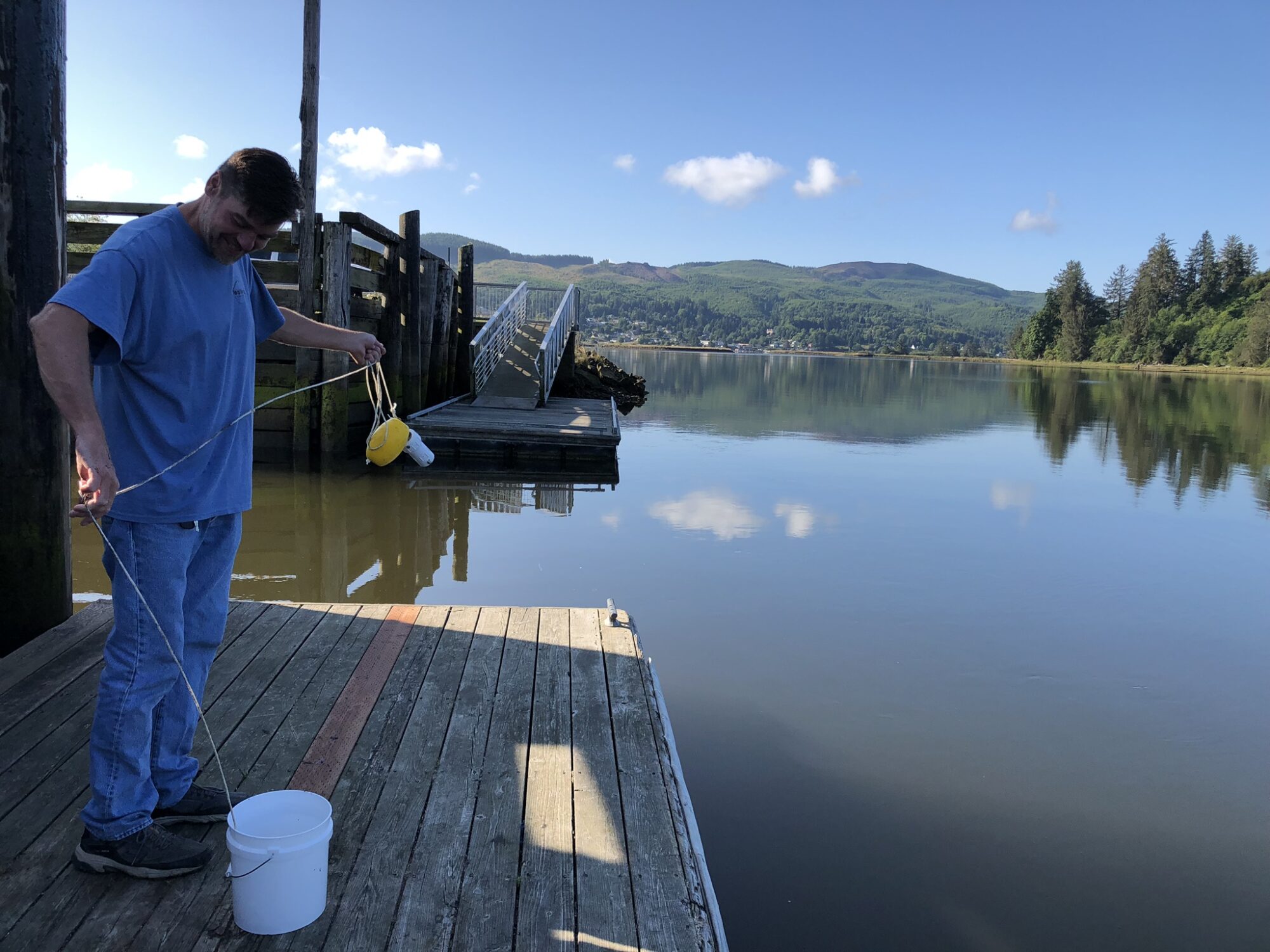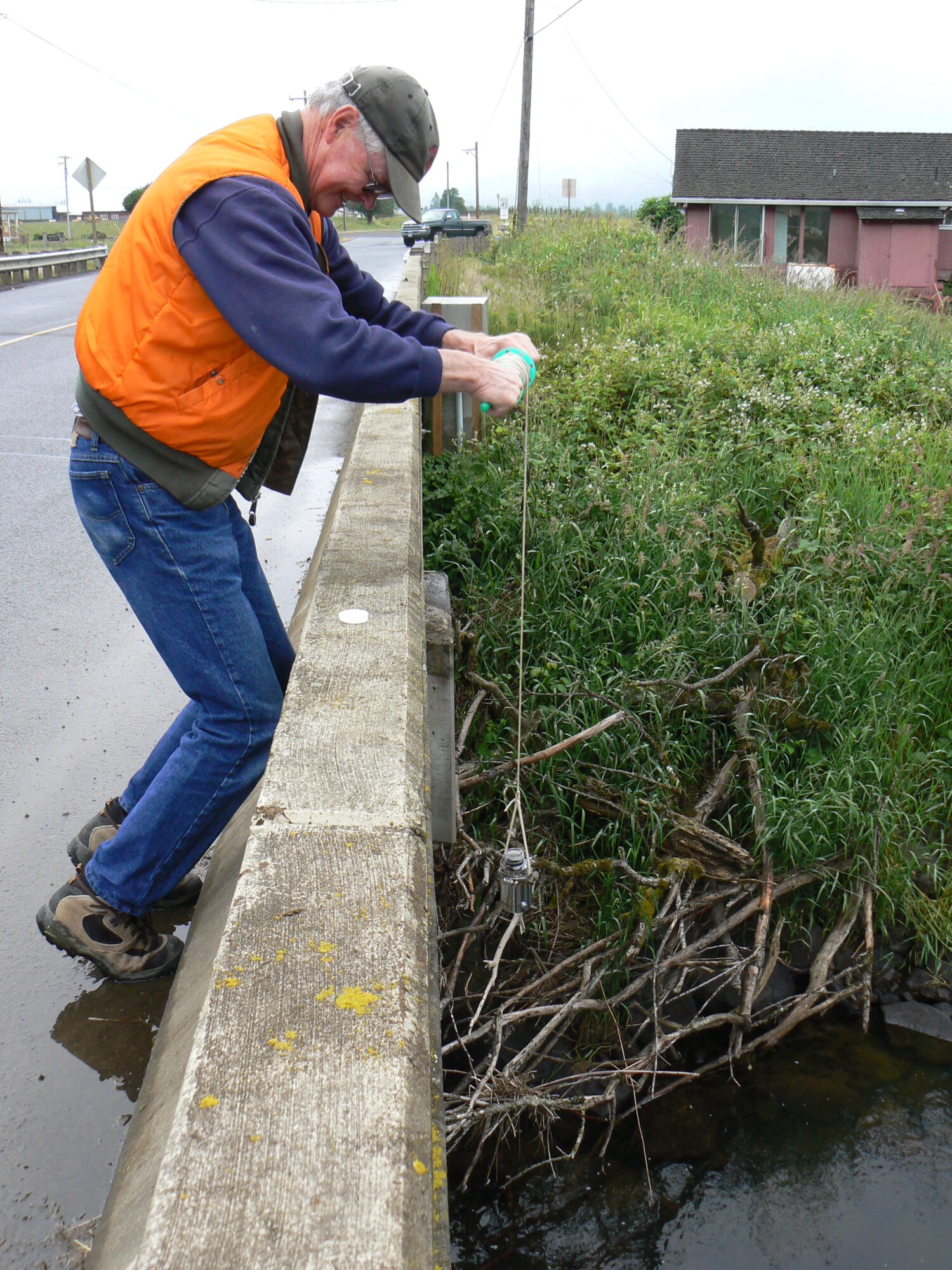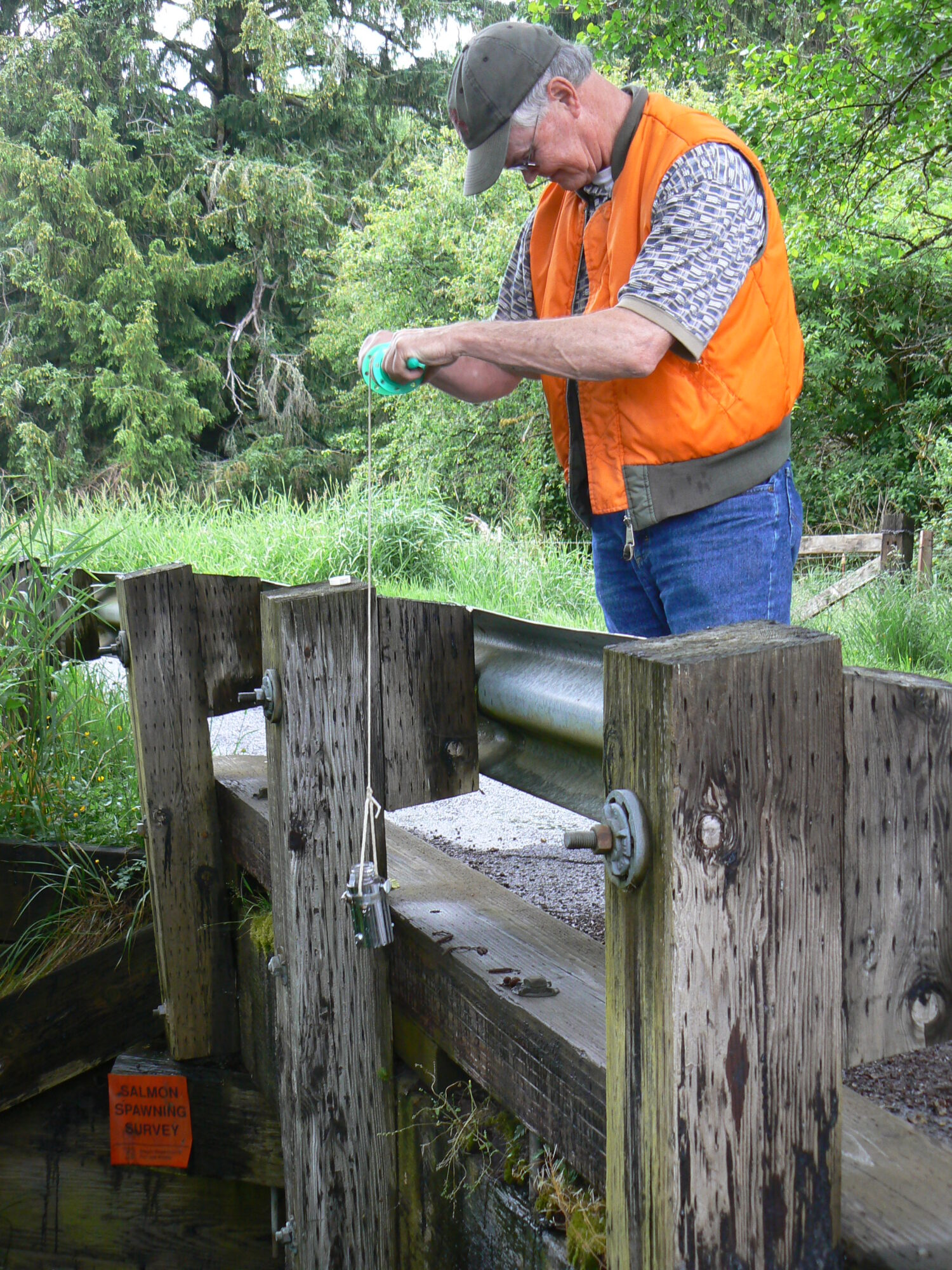Stay On Alert!
At TEP, we keep a close watch on the levels of bacteria in our county’s waterways, including E. coli in our freshwater rivers and streams, and enterococcus in our beautiful saltwater beaches. Elevated levels of these bacteria can potentially pose health risks to those who recreate in these spaces.
This map provides you with current information on bacteria levels, updated every two weeks thanks to our dedicated Volunteer Water Quality Program. If you’re interested in regional bacteria reports or need information outside of Tillamook County, you can also check the Oregon Health Authority or the Oregon Department of Environmental Quality websites for valuable resources.
Should You Be Concerned?
If alert levels are above normal consider refraining from water-based activities such as:
- Fishing and Shellfish Harvesting
- Paddle-craft (e.g., kayaking, SUPs)
- Swimming
- Any other forms of water contact recreation
Your safety is our priority, and staying informed about water quality is key to ensuring an enjoyable and risk-free experience.
Important Context When Reviewing This Data
We collect samples throughout the estuary in places that can tell a story about the bigger picture of health of the entire estuary. The monitoring sites we feature were not chosen to target any specific property, or individual operation. Nonpoint source pollution refers to the cumulative runoff from a variety of upstream sources—like residential areas, wildlife, and agriculture—making it a shared responsibility to address.
E. coli and enterococcus are types of bacteria naturally found in the digestive systems of mammals and birds. In water quality testing, their presence is used as an indicator of fecal contamination.
Short-term spikes in E. coli levels can happen for several reasons:
- Seasonal Changes: Changes in temperature, rainfall, and seasonal activities can affect water conditions.
- One-Time Events: Heavy rains (especially the first of the season) can wash contaminants from the entire watershed into waterways. For example, natural events like an elk dying upstream can also temporarily increase levels.
It’s important to know these spikes are only an immediate concern if you plan on directly contacting the water that week. Understanding why some areas might experience higher instances of E. coli than others requires long-term, continuous monitoring and analysis.
TEP aims to identify areas where restoration efforts can help reduce elevated bacteria levels and determine whether these efforts effectively lower overall bacterial loads.
While weekly readings are useful for short-term safety, long-term trends are even more critical. The Department of Environmental Quality (DEQ) uses this data for in-depth comprehensive analysis to detect trends across a watershed that may require further attention.
Understanding the story behind the data helps us all make better decisions about how to protect and enjoy our waterways.
Learn more about the data from the Department of Environmental Quality (DEQ) or for more information please reach out to TEP at info@tbnep.org or call 503-322-2222.
At Tillamook Estuaries Partnership (TEP), we are committed to the open sharing of the data and information. Transparency is a core value in our work, and we believe that making our data accessible helps foster trust, collaboration, and informed decision-making within the communities we serve.
We strive to ensure that all our data—whether it pertains to environmental monitoring or habitat restoration—is made available in a clear and accessible format. We believe that open data is essential for advancing understanding, supporting policy development, and engaging the public in efforts to restore estuarine ecosystems.
We welcome engagement and encourage you to reach out with any questions you may have about the data we share. Whether you need clarification on our methodologies, want more detailed explanations of our findings, or have specific data requests, we are here to help. Please feel free to contact us at info@tbnep.org or call 503-322-2222.
Bacteria Map
*All data is sent to ODEQ (Oregon Department of Environmental Quality) for reporting and analysis.
 Alert Levels
Alert Levels
The water quality is great for recreational activities! The level of waterborne germs is below the state standard, and you are unlikely to get sick when enjoying the area.
It’s pretty good, but you should be careful. There are more germs in the water than usual (above the 90-day mean limit), but there are still less than the single sample state standard for recreational activities. Be aware that there may be a greater chance of getting sick from water-borne pathogens when recreating in this area.
Yikes, it’s a no-go zone for now. The number of germs in the sample exceeds the single sample state standard for recreational activities. This means there is a higher risk of getting sick from water-borne pathogens. It’s best to avoid recreating in the area to keep from getting sick!
Bacteria Monitoring in Action

The Volunteer Water Quality Monitoring Program, which began in 1997, relies on local volunteers to collect water samples to measure bacteria levels. If you are interested in volunteering, please fill out our volunteer form.
This data is provided in partnership with the Nestucca, Neskowin & Sand Lake Watersheds Council.

